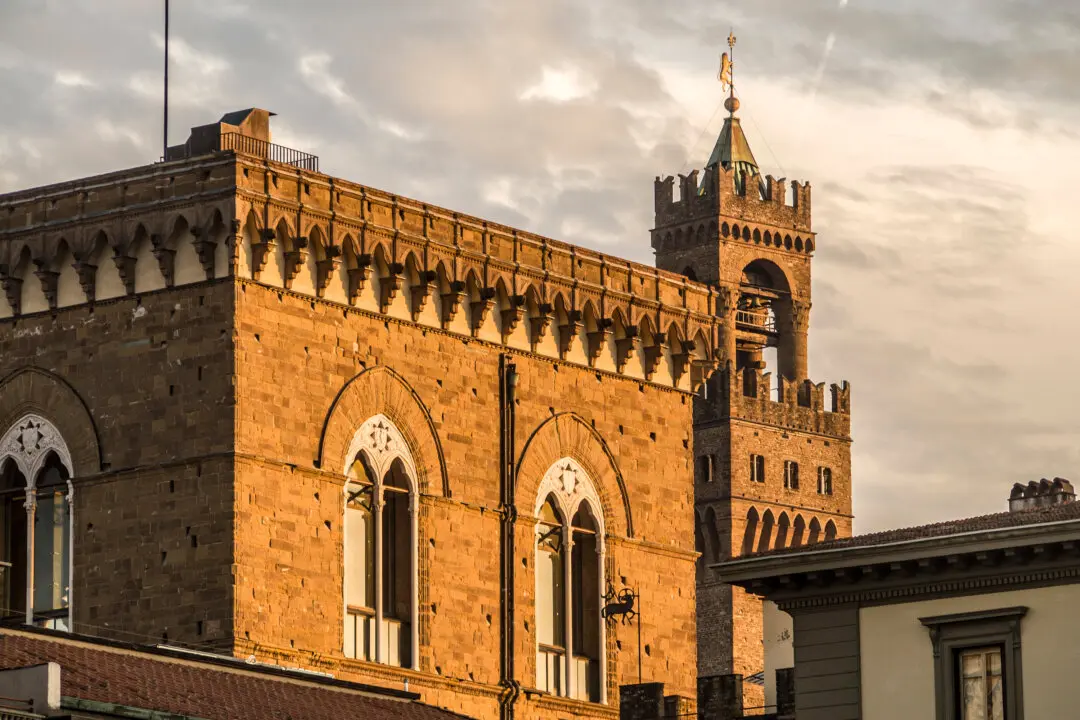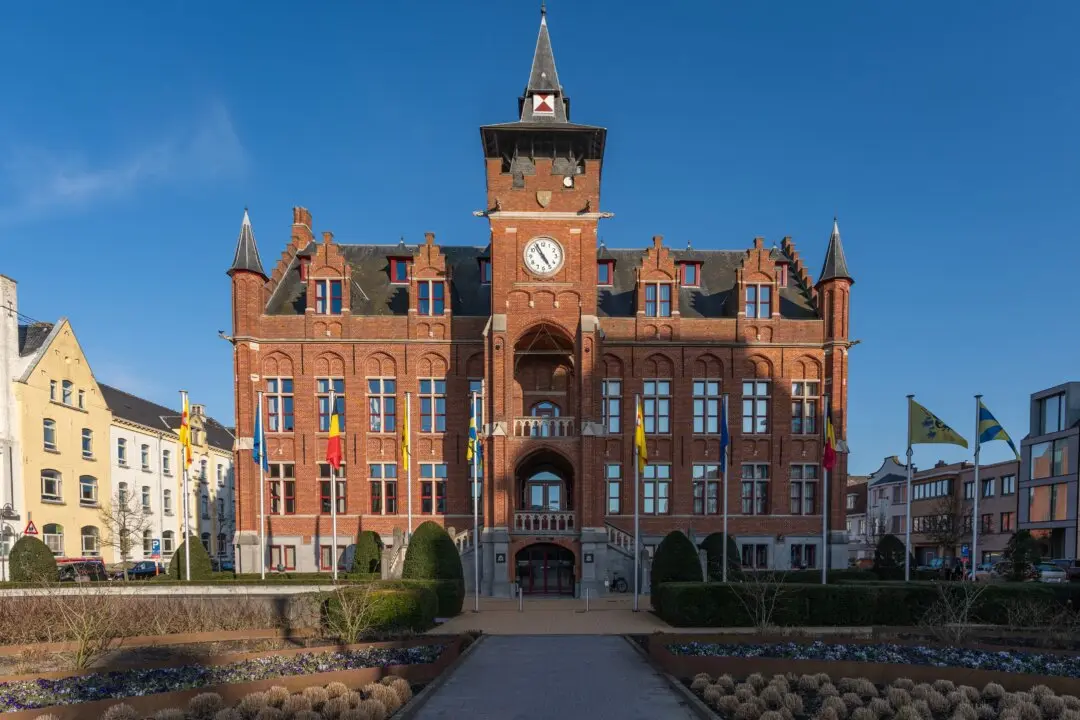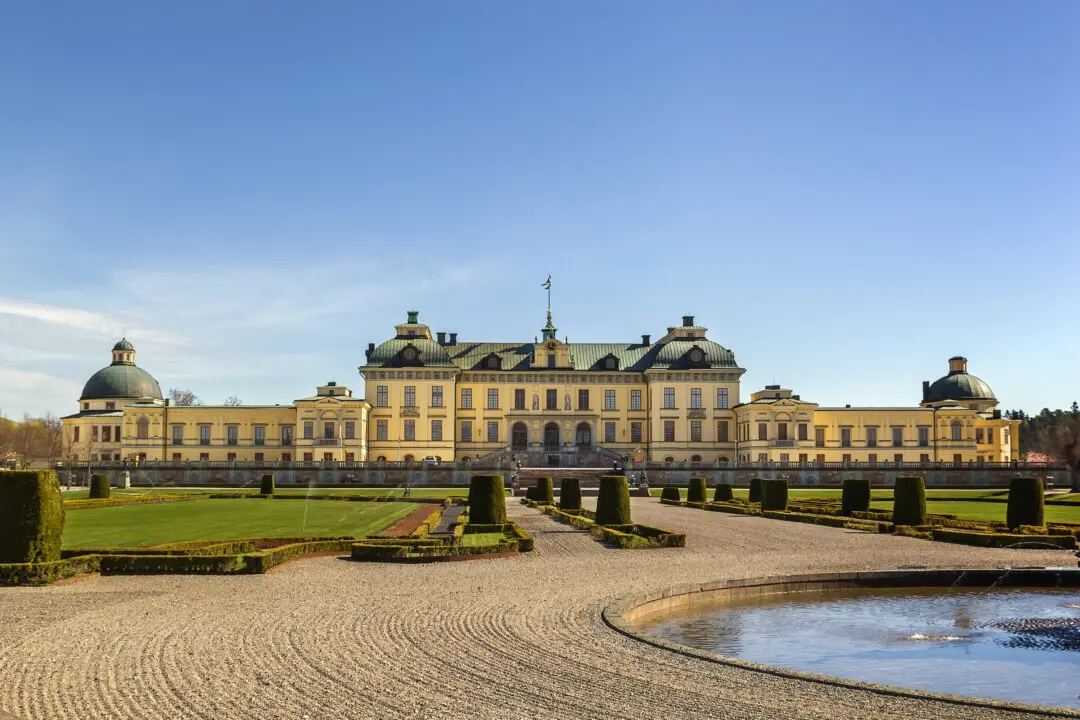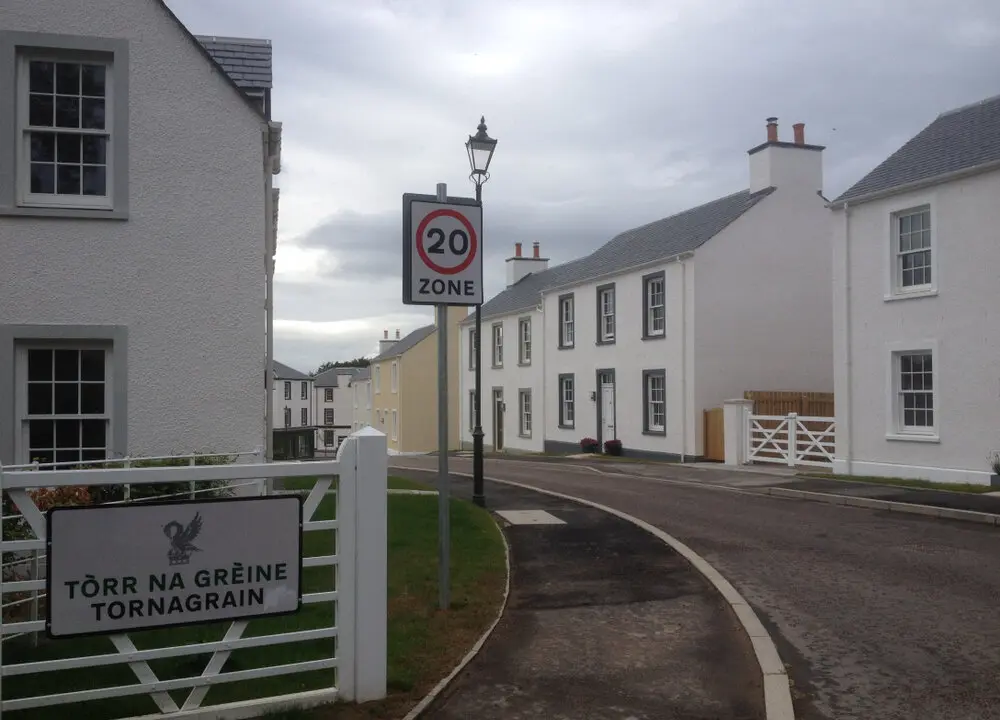In 1504, the young and ambitious Spanish artist Alonso Berruguete arrived in Italy with an aspiration to become part of the elite artistic world of the High Renaissance. Undertrained in comparison, he made the risky move not knowing if, or when, he would succeed.
But Berruguete proved himself in short order. In 1508, Michelangelo allowed him to study the preparatory drawings for his never completed “Battle of Cascina.” It was a privilege granted to few, a sure sign that Michelangelo respected Berruguete as an artist and trusted him as a friend. For any new, still obscure artist to be taken under Michelangelo’s wing so soon after arriving in Italy would have indicated rare talent. Berruguete did not even have the credentials that could have been provided by training in the Northern European centers of Renaissance art: the Burgundian Netherlands. His only previous artistic foundation had taken place in his native country, at a time when Spain was making its first belated and faltering steps into Renaissance culture.





